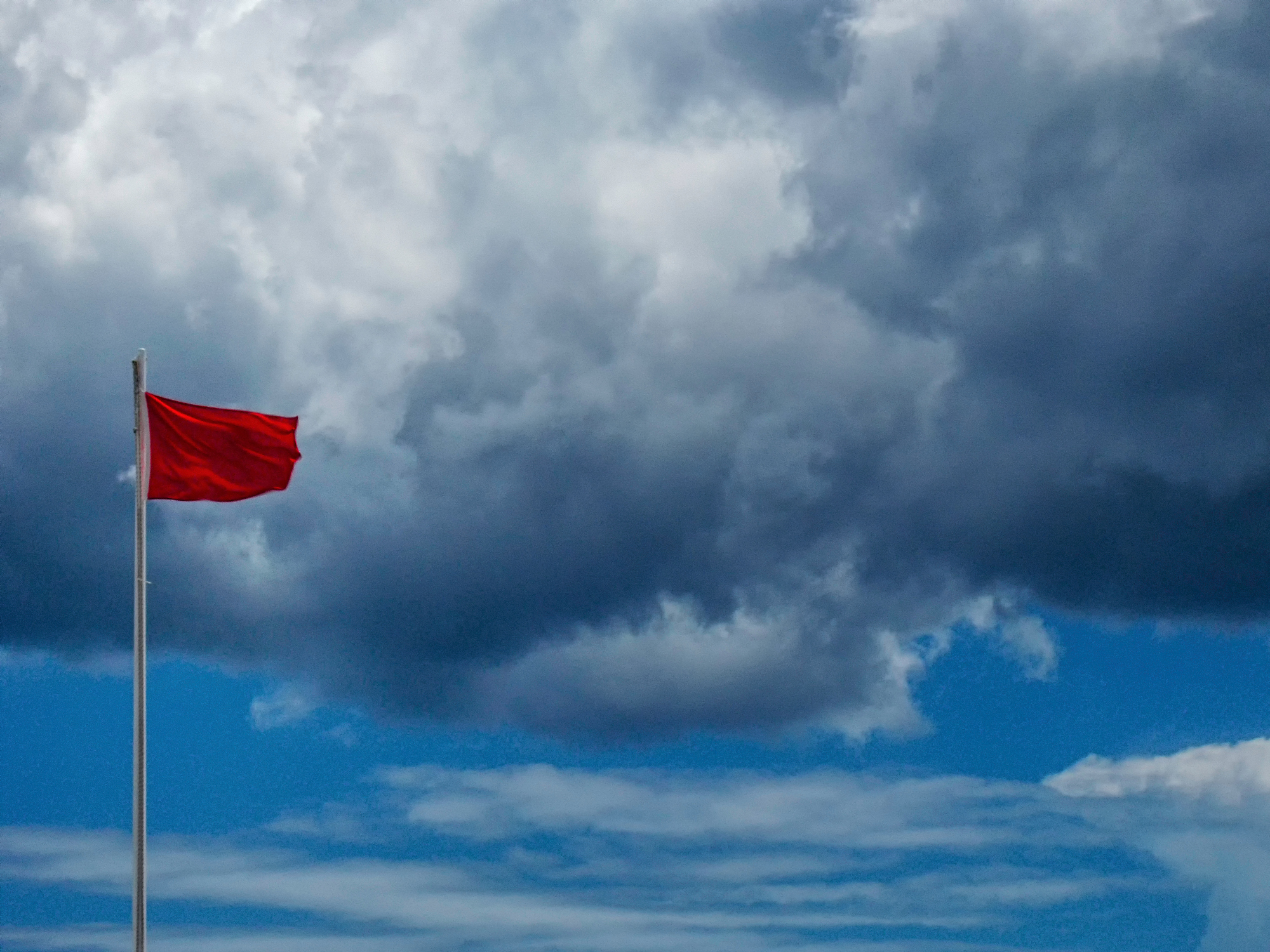A Mexican restaurant earns a Michelin star
This summer, Oceanside's contemporary Mexican fine-dining restaurant Valle earned its first Michelin star, making it San Diego County's only Mexican restaurant to be given one of the most prestigious awards in the culinary world.
Valle now counts itself among five Michelin-starred restaurants in San Diego — but remains the only one serving Mexican cuisine.
Michelin-star Mexican restaurants are rare.
Get top local stories in San Diego delivered to you every morning. Sign up for NBC San Diego's News Headlines newsletter.
Even with Valle, there are now only seven Mexican restaurants in the U.S. awarded with Michelin stars. Compare that with 44 Japanese one-Michelin-starred restaurants in the country.
Not only that, but Valle is the only one in Southern California. The only other place on the West Coast you'll find Michelin-star Mexican food is at Californios in San Francisco.
This award was no accident. Valle Chef Roberto Alcocer wanted a Michelin star since he started cooking, which was years ago in France, the country with the most Michelin restaurants and where the institution was created.

Alcocer eventually came back to his native country, Mexico, where there is no Michelin Guide.
Local
"It's not possible to have a Michelin star if you're not in a city or a country that Michelin Guide has presence. So it was a dream. It was a dream to have a Michelin Star," Chef Alcocer said.
The restaurant's name "Valle" is a reference to Mexico's top winemaking region, the Guadalupe Valley in Baja California, evoking images of lush, vine-laden valleys and sun-drenched vistas. It's also where Alcocer runs his other restaurant, Malva, in Ensenada.
To make a reservation at Valle, click here.
How did Valle get one Michelin star?
Chef Alcocer is not sure why his restaurant received a Michelin star.
According to the guide, the Michelin stars are awarded to restaurants for their food alone, taking into account what they call five universal criteria:
- the quality of the ingredients
- the harmony of flavors
- the mastery of techniques
- the personality of the chef as expressed through their cuisine
- consistency both across the entire menu and over time
Still, the Michelin institution is rather mysterious. They don't typically tell restaurants why they've received stars and inspectors are anonymous.
All Alcocer knows is that since opening Valle in October 2021, he has tried to be on top of his game every night: Being involved in every part of his restaurant and delivering consistency, the freshest produce and the most local ingredients to his restaurant.
"The dream became a project and the project became a reality," Alcocer summed up.
For example, there's no point to printing the type of fish available on their menu. Valle's fishers go out to sea, text Alcocer about their catch, then he takes his pick.

"More local than that and more sustainable, and more fresh, is going in and eating the ocean," Alcocer joked.
"As a kid, you can dream to meet Mickey Mouse, but if you don't go to Disneyland, it's kind of hard to make it happen," Alcocer said.
Why are there no Michelin star restaurants in Mexico?
The Mexican cuisine is so beloved (even beyond our border town). Alcocer has been an established chef in Mexico for years. The Michelin Guide has not yet come to Mexico.
Alcocer thinks it's because of the vast diversity of the different Mexican regions and their unique cuisines.
"It's so hard to replicate if you're out of the city or state. It's really hard. It's so diverse," he said.
"If I ask you, give me one Mexican dish and you say mole, how many moles you think we have in Mexico? I mean just in Oaxaca, there's six moles, but there's way many more," Alcocer said.
The very first Michelin Guide from 1900 was originally a guidebook for motorists that encouraged people to travel around France and make stops, including restaurants. Now, the Michelin Guide is an online app. Mexico compared to France is so much bigger, he added.
"In Mexico, we love to eat and we live to eat," Alcocer said. You can eat delicious food 24/7 in Mexico since there are so many options, he added.
Alcocer believes that in order for the Michelin Guide to come to Mexico, it would need be for just one city or one state for it to be doable.

What does Chef Alcocer love the most about Mexican food?
Talking to Alcocer, his words exude a passion for the cuisine of his home country.
It's the full spectrum of colors and flavors that Mexican ingredients come in, Alcocer said.
The same ingredient, like a chili, will change over the course of a season, such as from fresh to dried. During that period of time, the flavor — and even the name — will change.
"And the flavors [of the same chili] are so different. And the uses for them are so, so different. And that same chili is called something different in summer than in winter," Alcocer said.
"The creativity you can cook with Mexican ingredients is infinite. I don't even know all the ingredients we have in Mexico," Alcocer exclaimed.
When you're young, you think everything outside your country is better, he explained. So you go out and see the world, then come back to your country with different eyes. "That's when I found out how big and how delicious is my country," Alcocer added.
A wide range of climates cover Mexico, from rainforest to desert, to wine country. "So what I love about Mexico is that," Alcocer said.
What does the chef of a Michelin-starred restaurant eat? This chef loves burgers. So at the end of a long shift, you might find him chowing down on a double-double at In 'N' Out, he said.
The 'miracle' of having customers at Valle
Chef Alcocer is acutely aware Valle is a Michelin-star restaurant located in a beach town. He doesn't want the environment to be alienating or stiffy. When the restaurant was being constructed, he had the restaurant's front door moved from inside the Mission Pacific Hotel to outside facing the street.
Valle doesn't have a dress code. The chef wants his patrons to come as they are.
"I don't mind receiving you in shorts, flip flops. We are the ones that came to the beach," he said.
In addition to creating a welcoming environment, the chef is trying to exceed his customers' expectations so that they come back.
"Hospitality is in the Mexican vein," Alcocer summed up.
When diners join Alcocer in Valle's kitchen for his Chef's Table Dining Experience, he hands them a "miracle," which is a traditional Mexican religious folk charm made of metal. These miracles are used for healing purposes in the Catholic church.
If you've asked for a miracle from the Catholic church, and it's fulfilled, then you buy that charm and put it next to the saint you asked for that miracle from, Alcocer explained.
"We hand these 'miracles' to our guests as a symbol of 'thank you for coming,' because for me it's a miracle to have business. After pandemic, you learn how important it is to receive patrons crossing the door," he said.
What's next for Valle?
First and foremost, Chef Alcocer wants to continue to serve and transcend the expectations of his Valle patrons — and hopefully achieve a second Michelin star.



